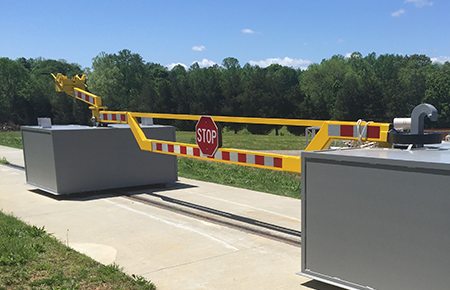
FEATURES AND BENEFITS
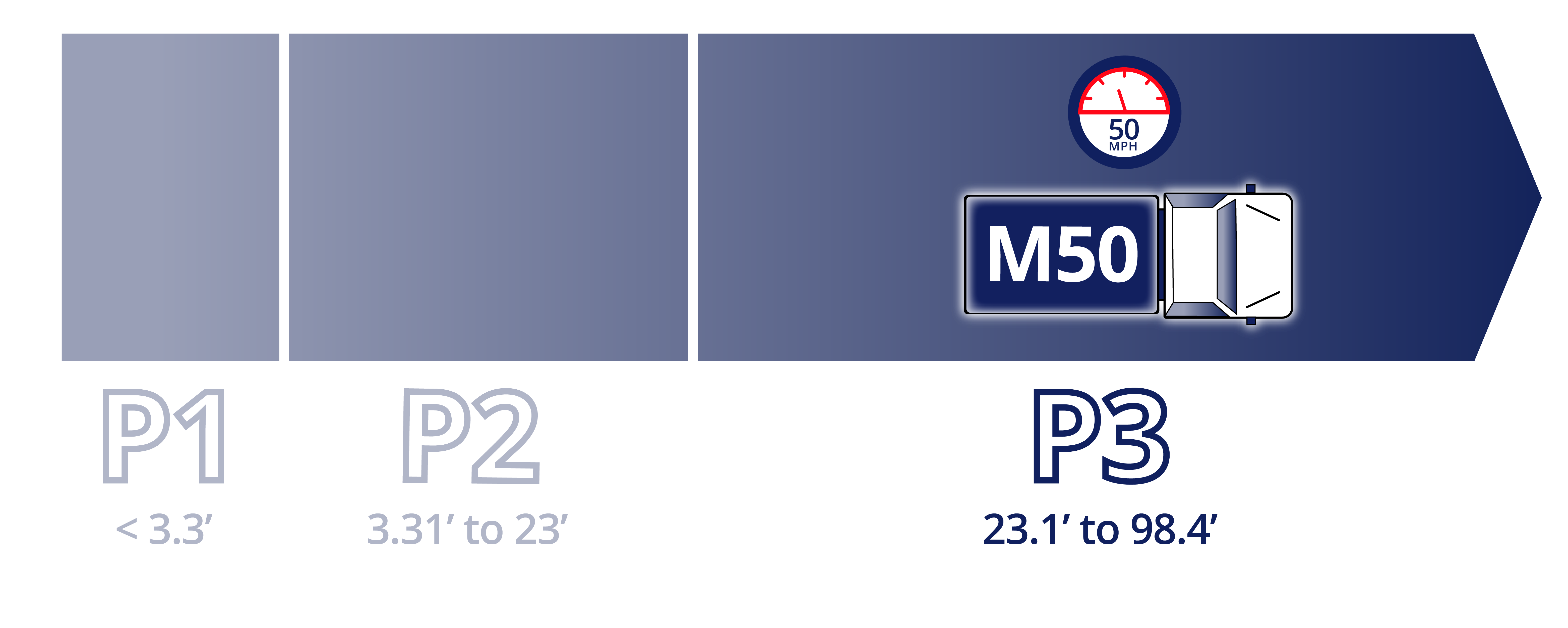

FEATURES AND BENEFITS

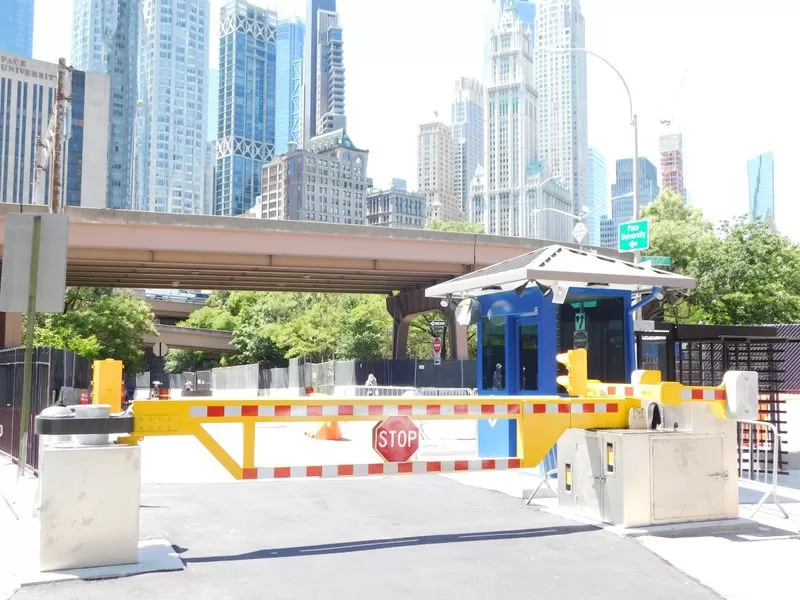
FEATURES AND BENEFITS
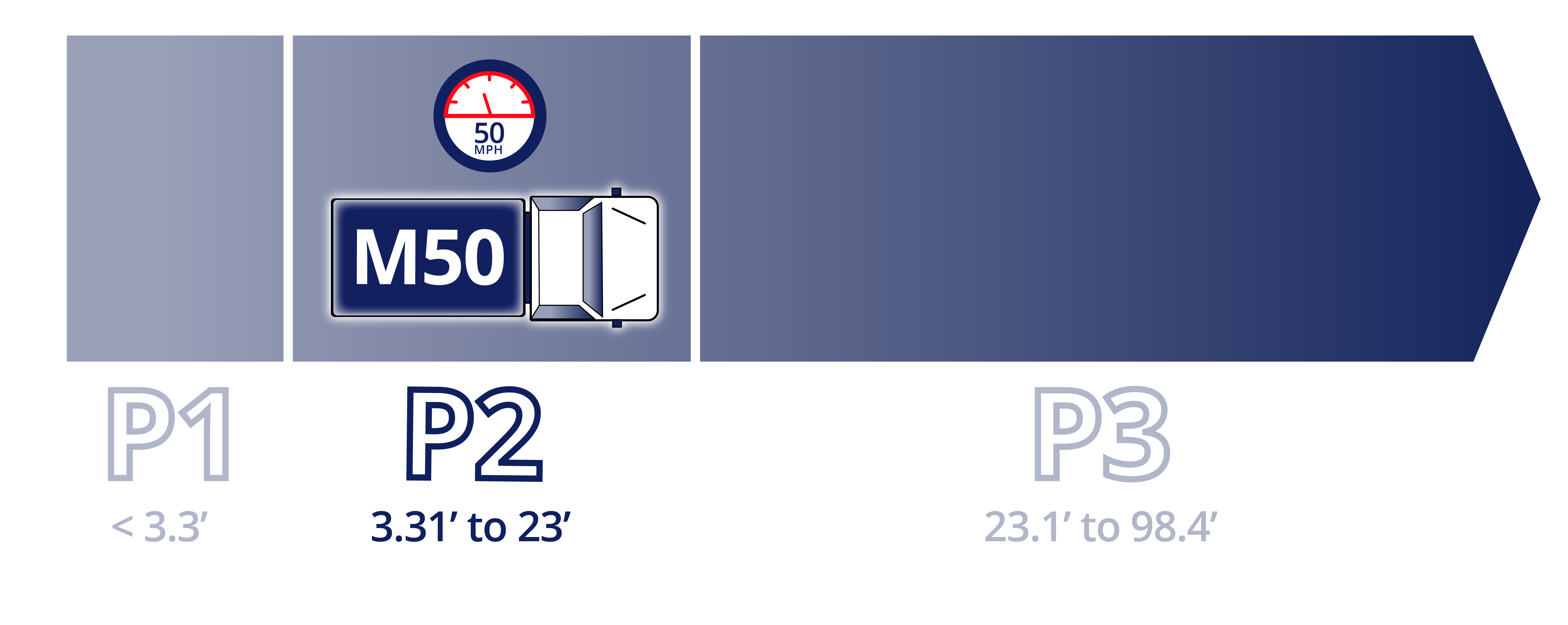

FEATURES AND BENEFITS

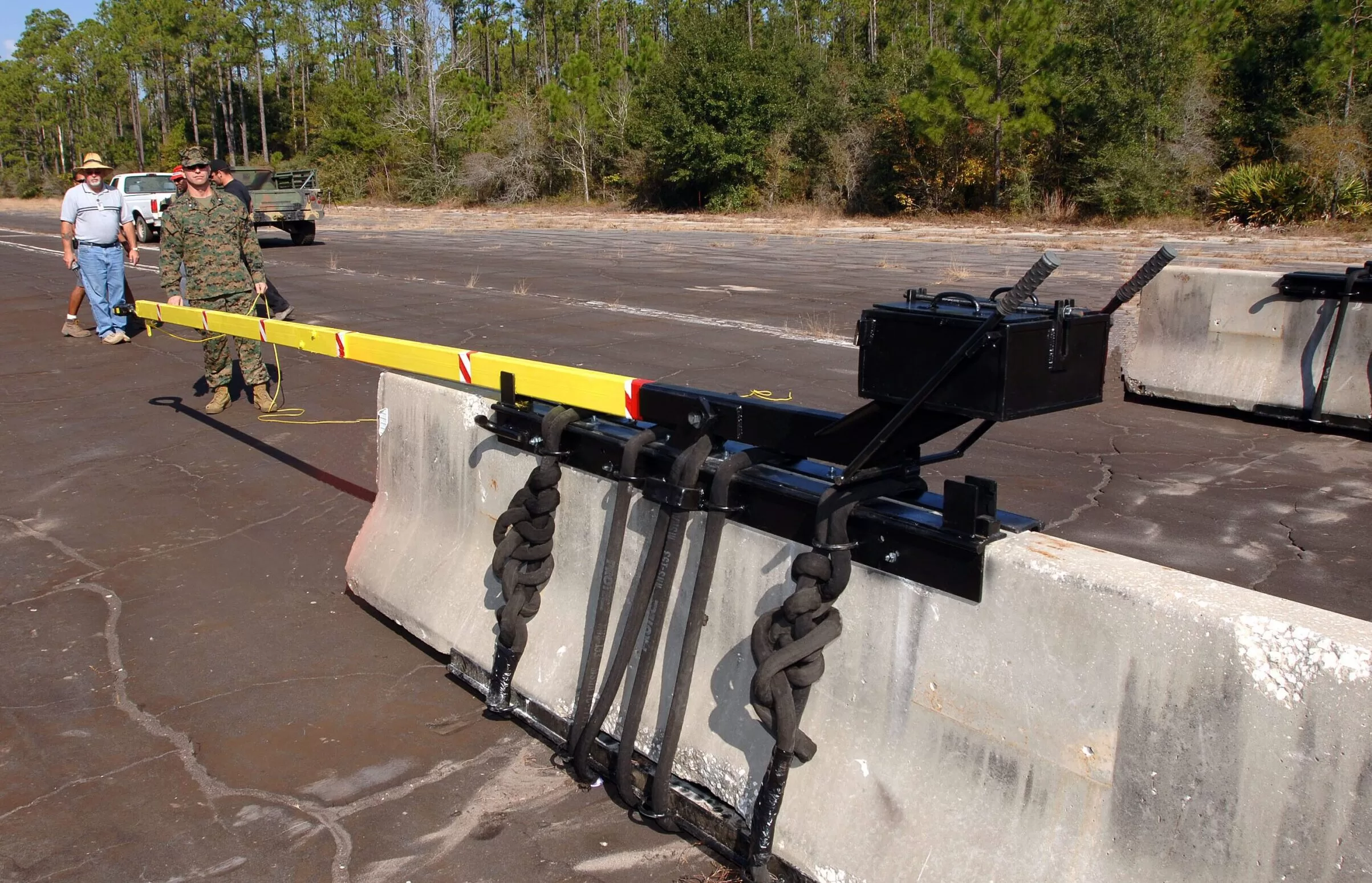
FEATURES AND BENEFITS


FEATURES AND BENEFITS

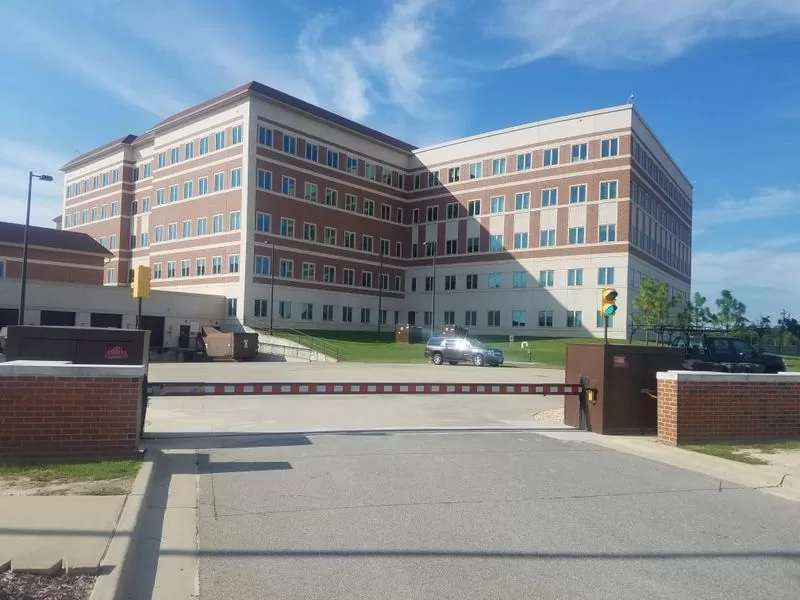
FEATURES AND BENEFITS


FEATURES AND BENEFITS

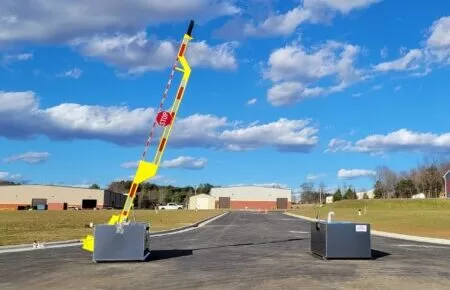
FEATURES AND BENEFITS


FEATURES AND BENEFITS

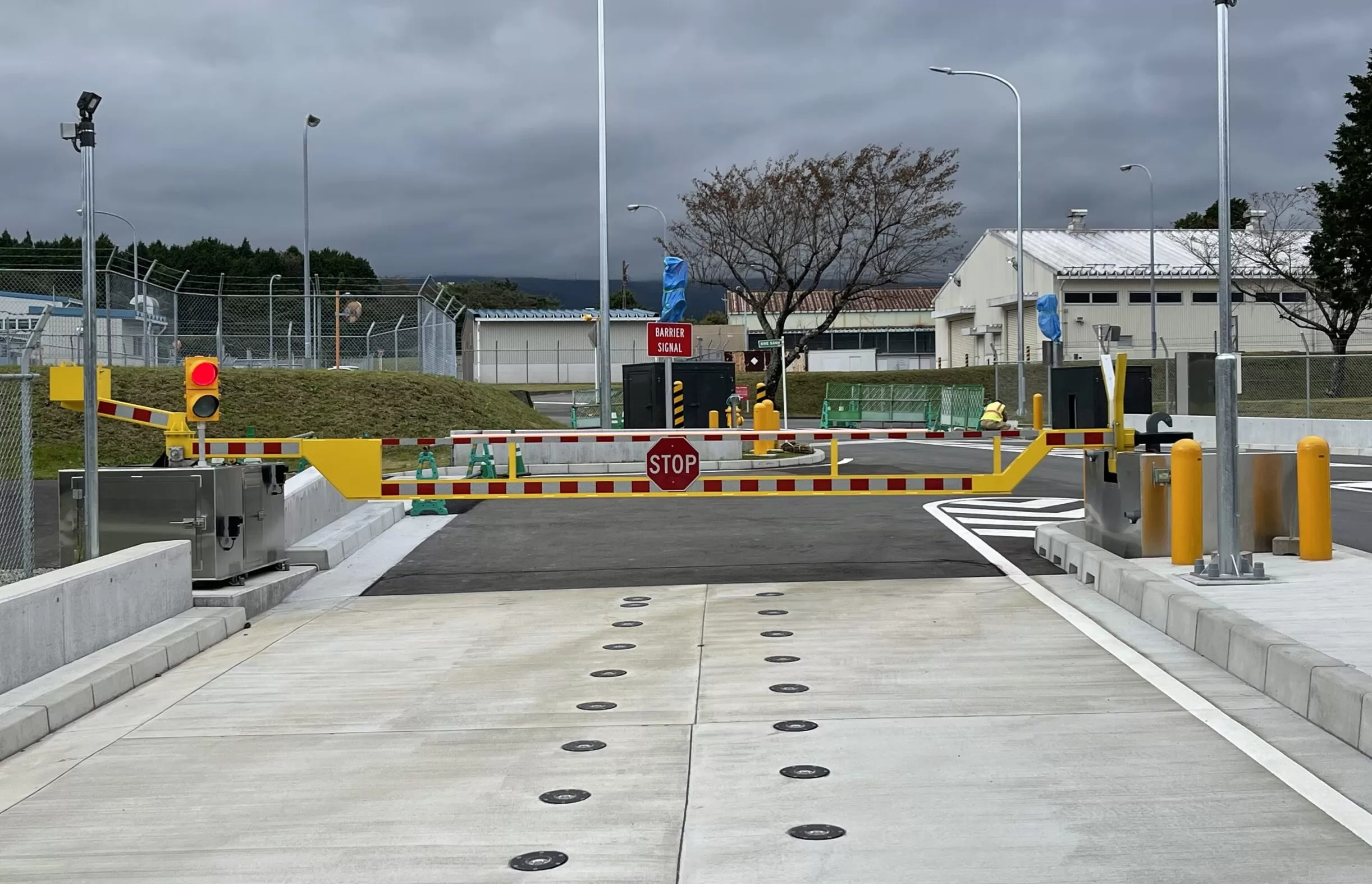
FEATURES AND BENEFITS


FEATURES AND BENEFITS

Barrier1™ and the Barrier1 logo are trademarks of Barrier1 Systems, LLC
Copyright © 2024 – Barrier1 Systems, LLC
Privacy Notice and Terms of Use